The Maasai Mara is world-famous for its wildlife, but there’s a huge difference between the crowded Maasai Mara Main National Reserve and the peaceful and private conservancies that surround it. In the Reserve, it’s common to see twenty or more vehicles around a single sighting. In the conservancies, strict limits on visitor numbers and vehicles are enforced and adhered to creating calmer, more respectful encounters that benefit both guests and wildlife.
We base ourselves at Mattikoko Safari Camp in the private Lemek Conservancy, a low-impact camp owned by a Maasai family and employing local people. This model means our presence directly supports the community. It provides reliable income while protecting land for wildlife instead of fenced-off plots and mass unsustainable grazing. It’s tourism that genuinely sustains both people and nature.

Cheetah and wildebeest, Lemek Conservancy
The conservancies also demand the best from guides. Qualified, experienced guides are essential here. They know the animals’ habits, respect the rules, and can navigate the terrain to give you incredible experiences safely. Add to that a strong ranger presence, and it’s easier to locate predators like lions, leopards, and cheetahs while ensuring the animals aren’t stressed by human traffic.
For wildlife photographers like us, the difference is night and day. In Lemek, we can relax and enjoy the peace, let the animals behave naturally, and capture moments that simply don’t happen in crowded conditions. Some of my most memorable encounters have been here: lions hunting at dawn, elephants moving through golden grass, and cheetah cubs tumbling on termite mounds. Often just us, but certainly not dozens of vehicles surrounding them.
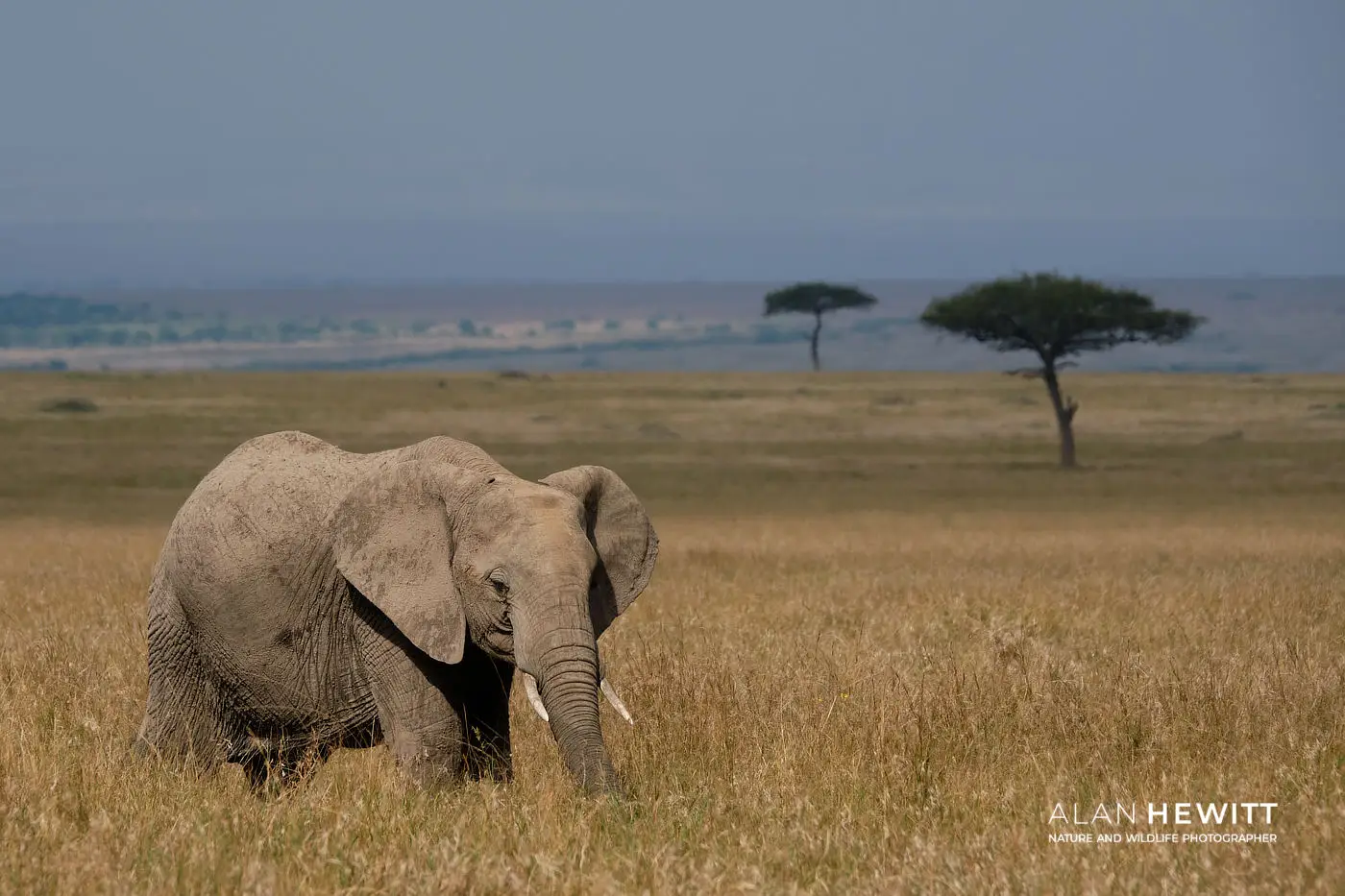
Elephant and balanite trees
Cheetahs, in particular, thrive in the conservancies. Sensitive to pressure, they often abandon hunts or relocate their cubs when too many vehicles get too close, as often happens in the National Reserve. In Lemek, with space, expert guides, and ranger support, they flourish, allowing guests to observe natural behaviour.
The conservancies truly offer the best of the Mara: fewer vehicles, better wildlife encounters, strong ranger support, and guides who make every safari safe, educational, and unforgettable. Combine that with ethical tourism that sustains local communities, and it’s clear why the conservancies capture the real spirit of the Mara.
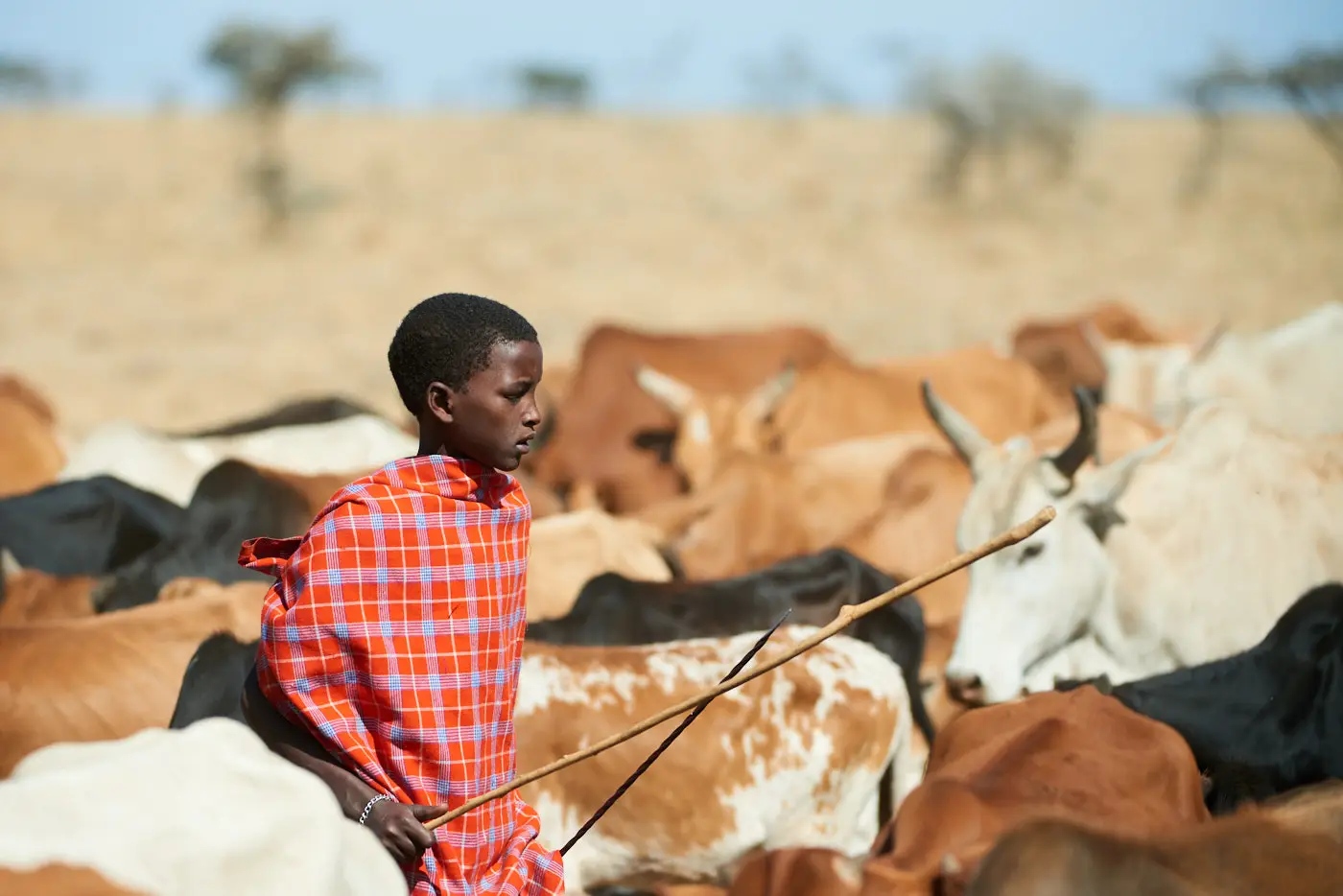
Conservancy grazing plans balance the needs of communities and wildlife.
We chatted a bit more about the differences between national parks and private reserves in episide 1 or our African Photography Safaris Podcast.






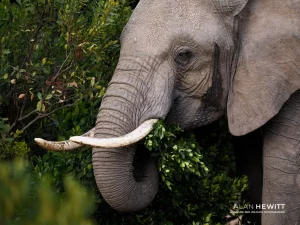
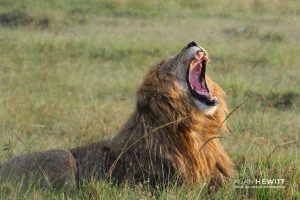
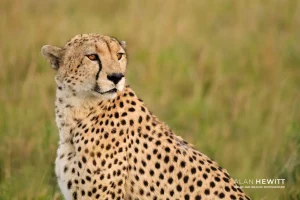
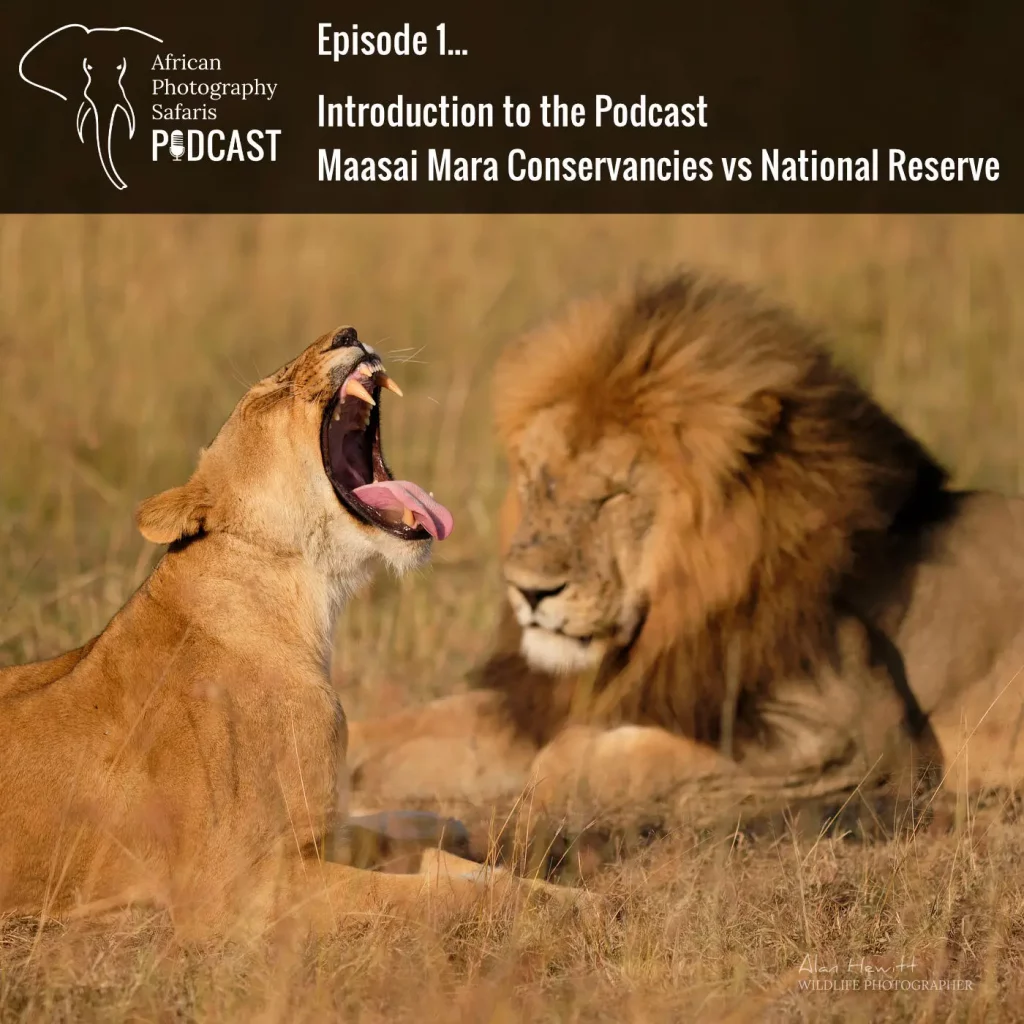
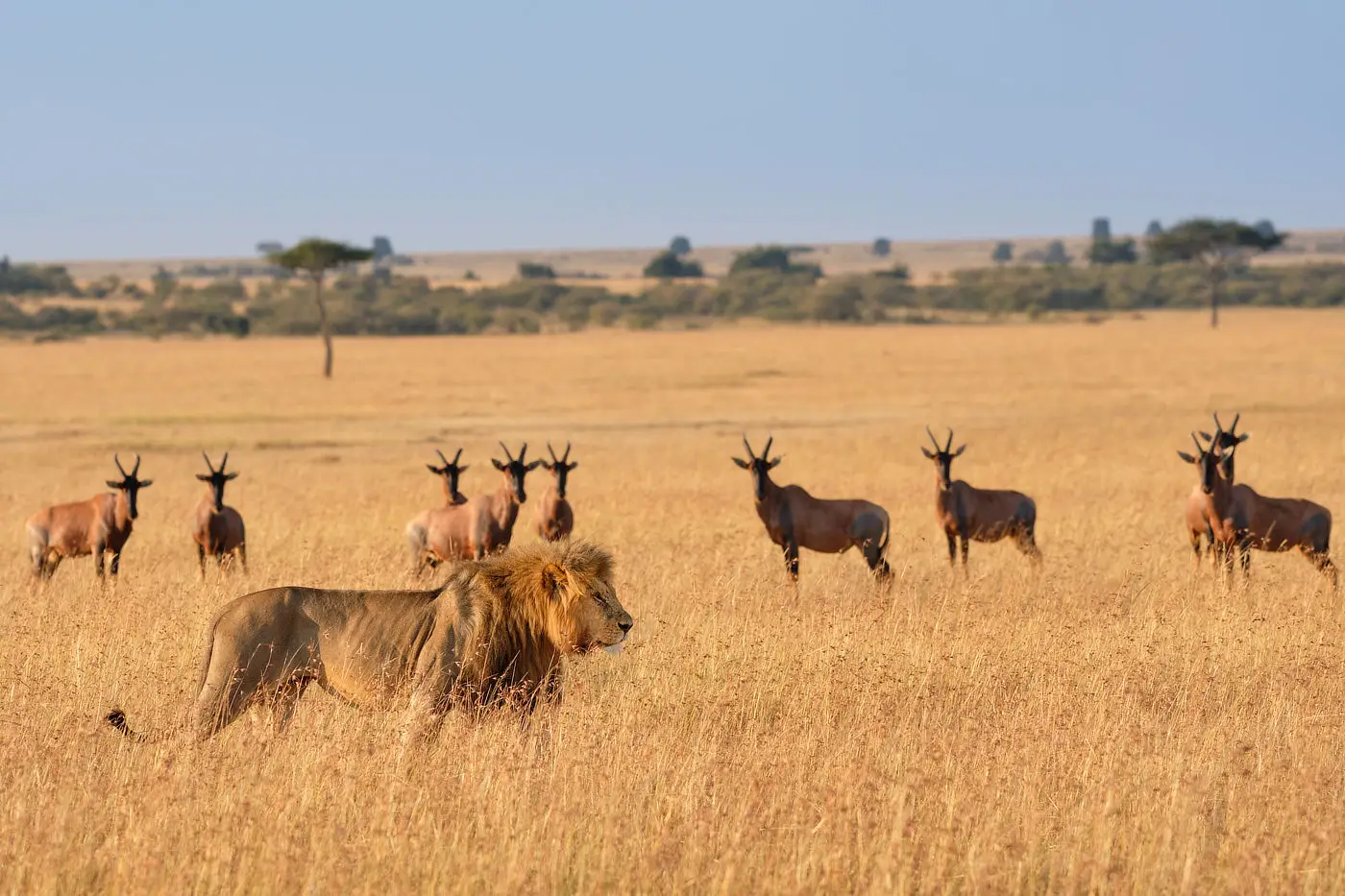
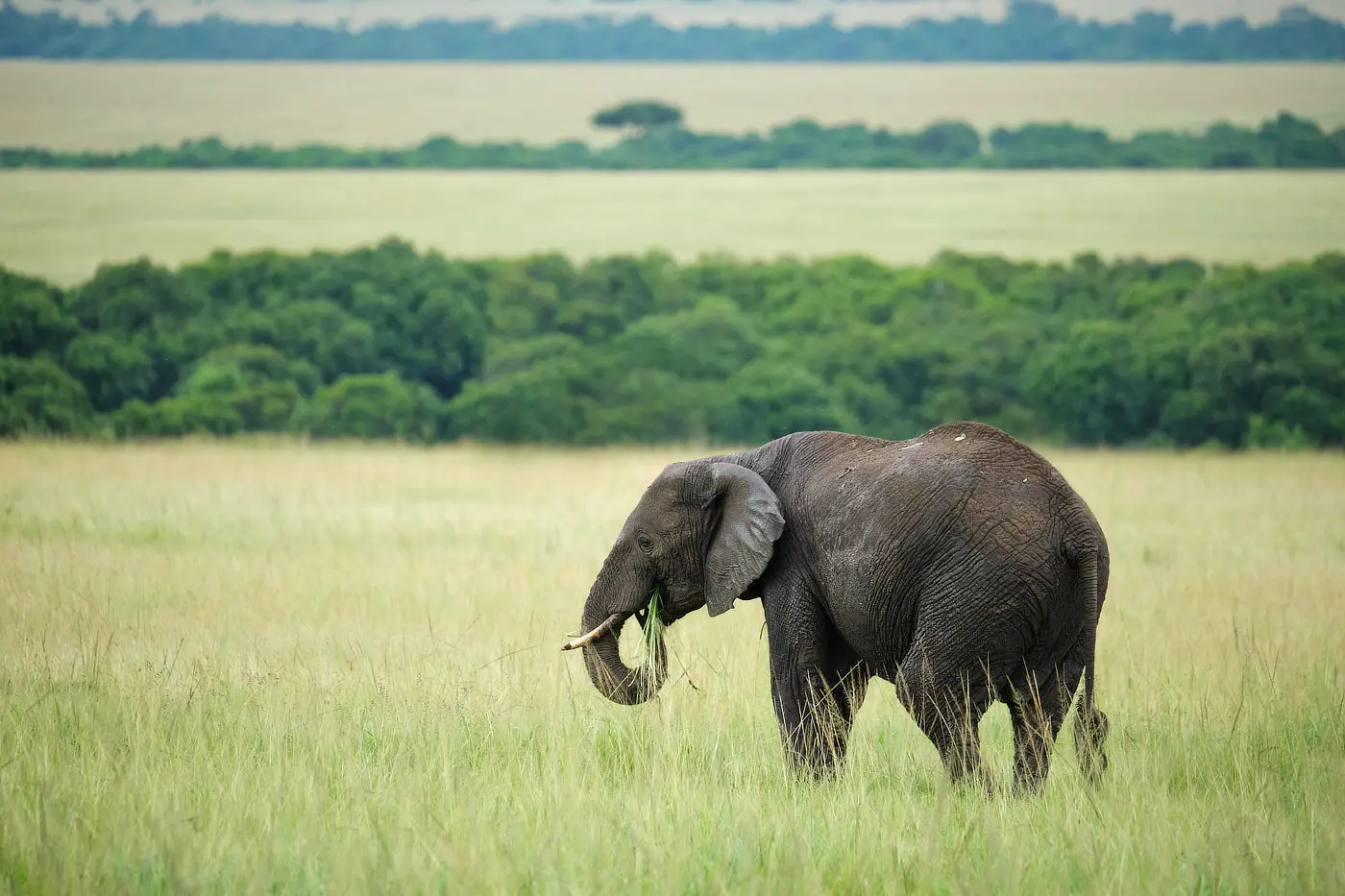





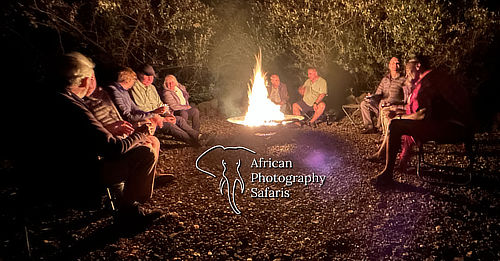
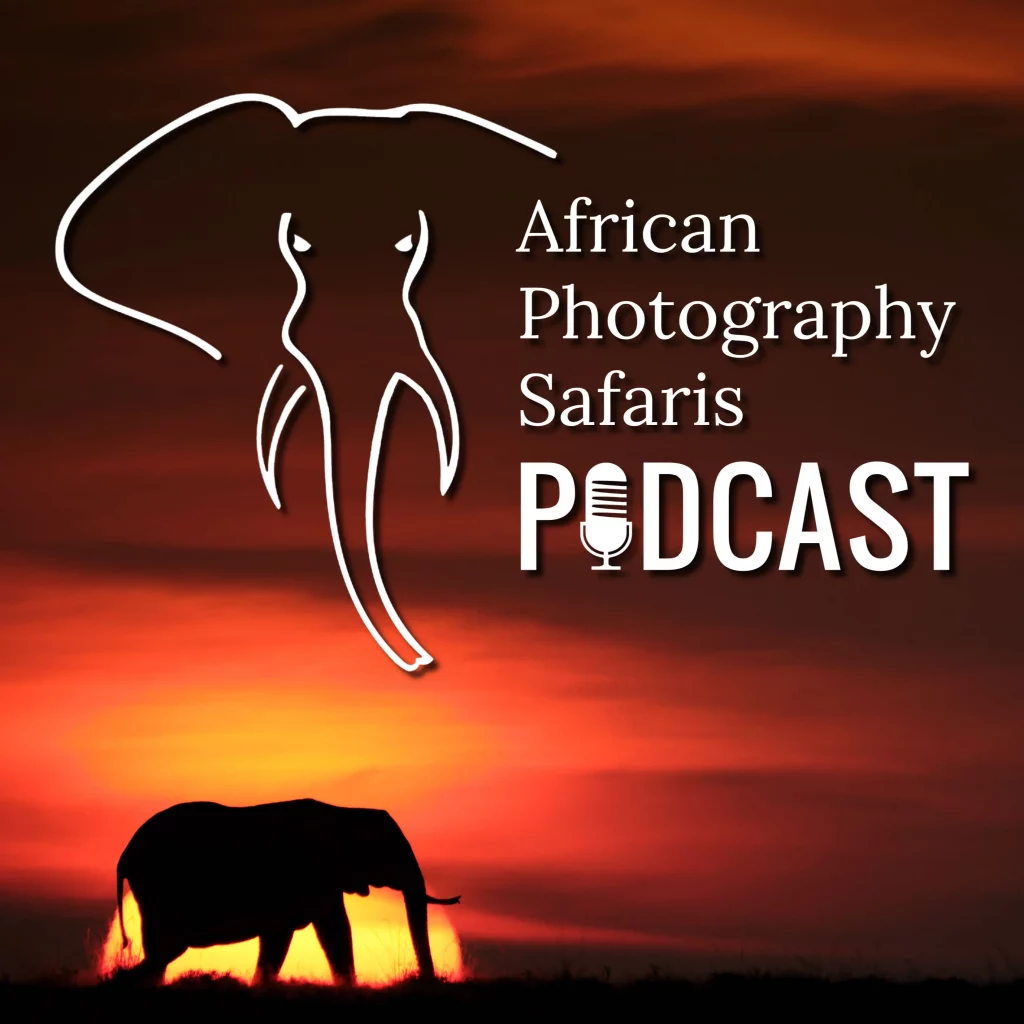
Leave a Reply to Alan Hewitt Cancel reply